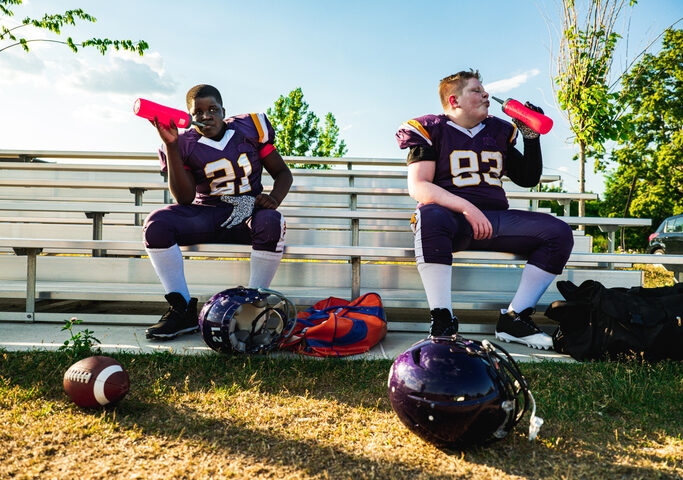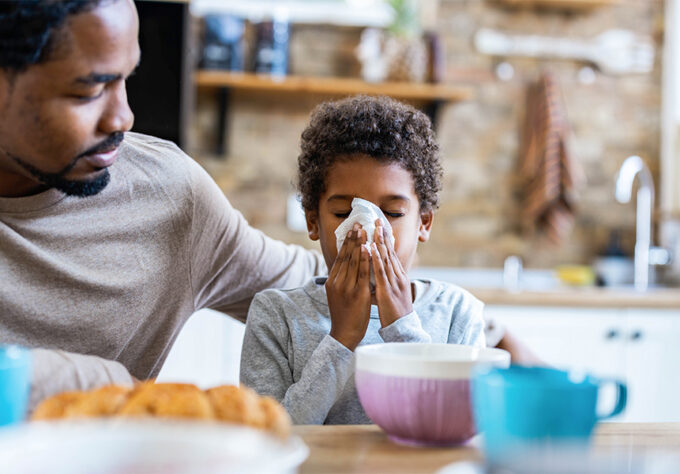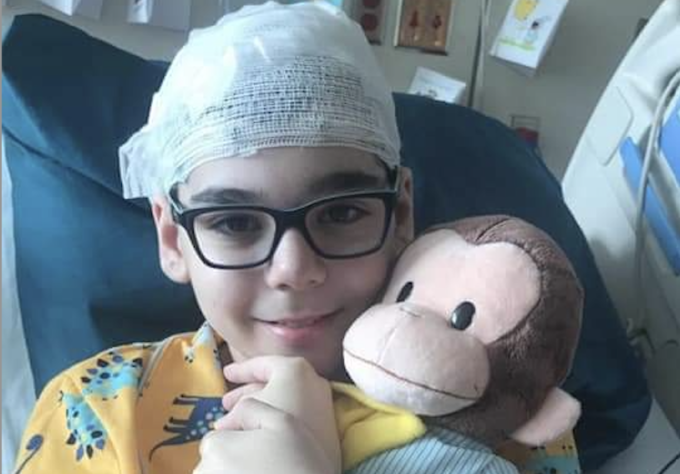This blog was originally published by The Philadelphia Inquirer
A 15-year-old girl was brought to the emergency department because she was not acting like herself at lacrosse practice. The coach called her mother to pick her up early from practice because she was having trouble walking and could not answer such simple questions as “What is your name?” and “Where are you?”
When they arrived at the emergency department, the teen’s skin was red, hot, and dry. She was leaning on her mother for support. She looked so ill that the nurse brought her into the triage room before other waiting patients. She had an extremely high fever of 104.6 degrees and a fast heart rate (tachycardia) of 130 beats per minute, and appeared to be going in and out of consciousness. She was rushed to a treatment room, where doctors and nurses began resuscitation.
Our patient exhibited altered mental status. One of the first things that comes to an emergency doctor’s mind when teenagers present with confusion is drugs or alcohol intoxication.
At age 15, teenagers start to exhibit more independence, yet their brains are still developing decision-making skills. This combination may lead to such risk-taking as using drugs. Marijuana, amphetamines, MDMA (Ecstasy), cocaine, and phencyclidine (PCP) are drugs that can cause altered mental status, tachycardia, and fever.
But our patient’s drug screen was negative.
Fever, often accompanied by tachycardia, also occurs with infections. Some types of infections, especially those involving the brain, can cause altered mental status. Initial testing did not reveal any signs of infection, either.
Not drugs … not an infection … what could be causing this patient’s symptoms? We looked again at important details from her history: She was in pre-season training for lacrosse on a hot and humid day in late August. She was practicing drills and playing scrimmages for more than three hours.
Solution
Based on this additional information, we diagnosed our patient with heat stroke, a dangerous heat-related illness (HRI).
Common heat-related illnesses include:
- Heat cramps — brief, painful muscle cramps in the legs, arms, or abdomen that can occur during or after vigorous exercise in extreme heat. Sweating causes the body to lose salt and fluid, which can cause muscles to cramp.
- Heat exhaustion — a more severe condition causing muscle cramps, weakness, headache, fainting, nausea, vomiting, profuse sweating, cool and clammy skin, and fever (greater than 100.4 degrees but less than 104 degrees).
- Heat stroke — the most severe form of HRI in which the body cannot regulate its temperature and fevers can soar above 106 degrees, leading to brain damage, coma, or even death. Other symptoms include lack of sweating; flushed, hot, and dry skin; rapid breathing; tachycardia; headache; weakness; dizziness; confusion. or seizure.
Our patient was quickly cooled, re-hydrated with intravenous fluids, and returned home later that evening. (And because she took a break from pre-season lacrosse, she was able to finish her summer reading assignment!)
How to prevent heat-related illnesses
Benjamin Franklin had it right: “An ounce of prevention is worth a pound of cure.”
Children and teens need to hydrate before, during, and after playing sports, according to the American Academy of Pediatrics (AAP) guidelines. Adolescents should have 1 to 1.5 liters of water every hour, while younger children need 3 to 8 ounces every 20 minutes.
Cool water is usually sufficient, but for strenuous exercise of more than one hour, or repeated same-day sessions, the AAP recommends electrolyte-supplemented beverages.
If you recognize any of the signs or symptoms of heat stroke, call 911.
While waiting for help to arrive:
- Move the person to the shade.
- Remove protective equipment and clothing.
- Begin cooling immediately by immersing in cold or ice water, or applying ice packs to the neck, armpits, and groin, and rotating ice-water–soaked towels to all other areas of the body.
- If the person is alert enough to drink fluids, begin hydration.
Some additional tips for staying cool and safe:
- Plan outdoor activities for mornings and evenings, when the temperature is not as high.
- Wear light-colored, loose-fitting, and breathable clothing.
Brady Stevens is a pediatric resident and Rima Himelstein is an adolescent medicine physician at Nemours Children’s Health, Delaware.



